20 Inspiring Villages Giving Life to India’s Vision for a Self-Reliant Future
On Republic Day, here's a list of 20 inspiring Indian villages that are showing the way forward in education, waste management, renewable energy, women empowerment and more.
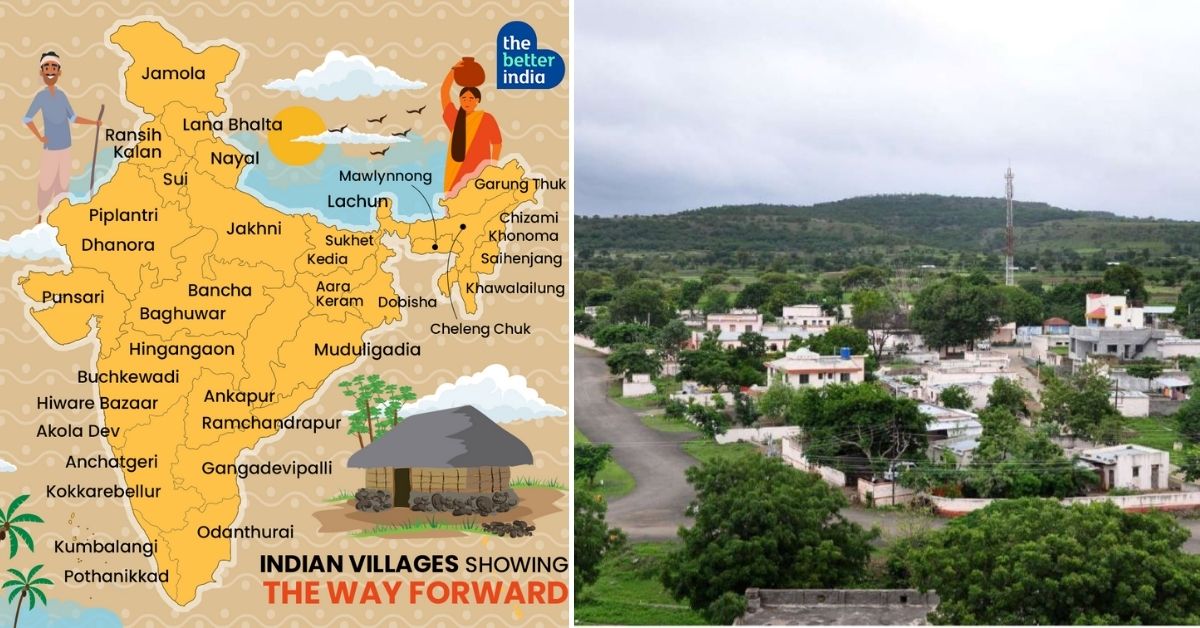
India continues to be one of the fastest developing countries in the world, despite the challenges faced in the past few years due to the pandemic. While urban development projects like the High-Speed Bullet train or Smart City Mission are reflective of this development, the true progress of this country lies in the development of rural areas.
In a country where more than 65 per cent of its total population resides in rural areas, the measure of true prosperity is in the state of villages. Echoing Gandhi’s words that are relevant to this day, India’s survival truly is synonymous with the well-being of its villages.
Decades ago, he had envisioned self-sufficient ‘village republics’ through Gram Swaraj. But that could be achieved only after battling the numerous issues like lack of adequate sanitation, gender-based discrimination, livelihood opportunities, water pollution, soil erosion, deforestation, etc. plaguing rural India.
However daunting these issues may sound, several villages across the folds of this country have been able to overcome these and grow into model examples. On this 73rd Republic Day, we celebrate the making of his vision into reality.
Here are 20 such idyllic villages that mirror his vision of prosperity with positive growth in various sectors like agriculture, education, tourism, waste management, etc.
1. Khonoma, Nagaland
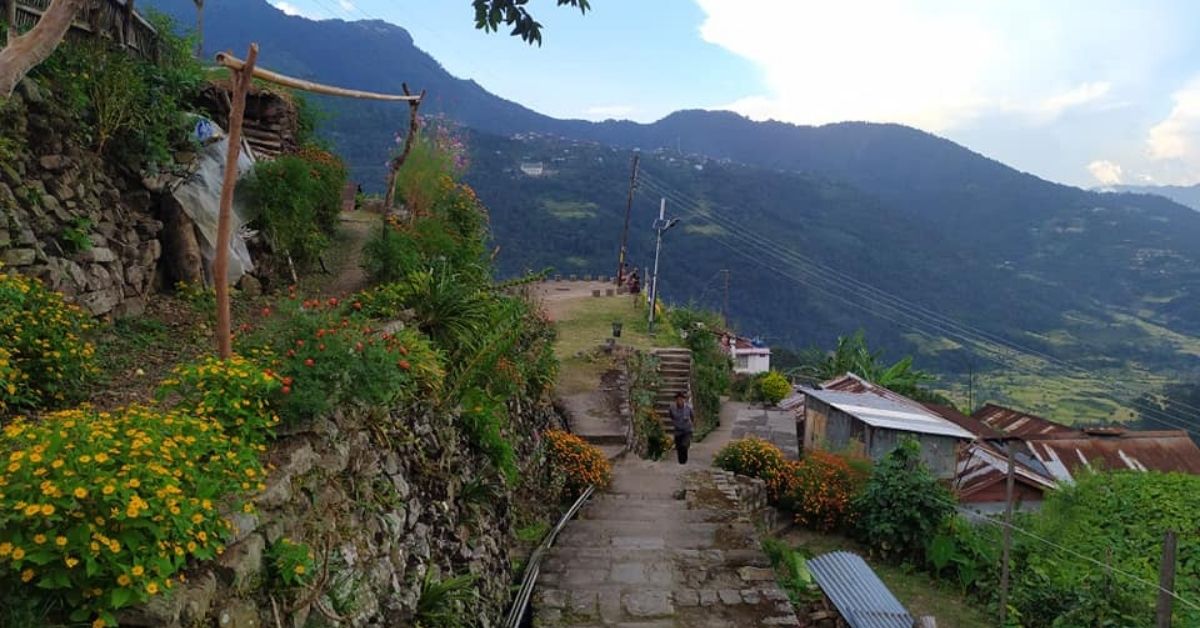
Once a cradle of freedom struggle and resistance against British colonial rule, Nagaland’s Khonoma village today has a different identity, one that is equally pride-worthy. Enveloped within pristine terrace farms, this self-sustaining village of Nagaland is home to a 700-year-old Angami settlement and is considered to be India’s first green village.
While managing to preserve its cultural heritage and ancestral roots, Khonoma’s community is focused on the conservation of its natural habitat, a cause that has led to the ban of all hunting activities in the village. Taking ownership of its ecosystem, the community here follows its own eco-friendly version of farming called Jhum agriculture, which is known to enrich the soil from within.
2. Jamola, Jammu & Kashmir
Surrounded by glaciers, the Rajouri district in Jammu & Kashmir has struggled for decades with the problem of water shortage. But initiatives to tackle these water woes, especially in a small village called Jamola has stood out to be a model example for the rest of the region. From construction of concrete water harvesting tanks, check dams, groundwater recharging units to installation of rainwater harvesting structures and revival of water bodies like bowlies (natural springs), in addition to community awareness programs, Jamola Panchayat’s efforts to overcome adversity won national recognition in 2020 during the third National Water Awards.
It bagged the second position for water conservation and management during the award ceremony and the panchayat was felicitated by the Union Minister of Jal Shakti, Gajendra Singh Shekhawat. In the same year, Jamola village was also awarded the child-friendly Gram Panchayat Award for adopting practices that ensure improved retention of teachers in schools, reduction of dropout rates, timely vaccination of children, adequate drinking water facilities and open defecation free status.
3. Piplantri, Rajasthan
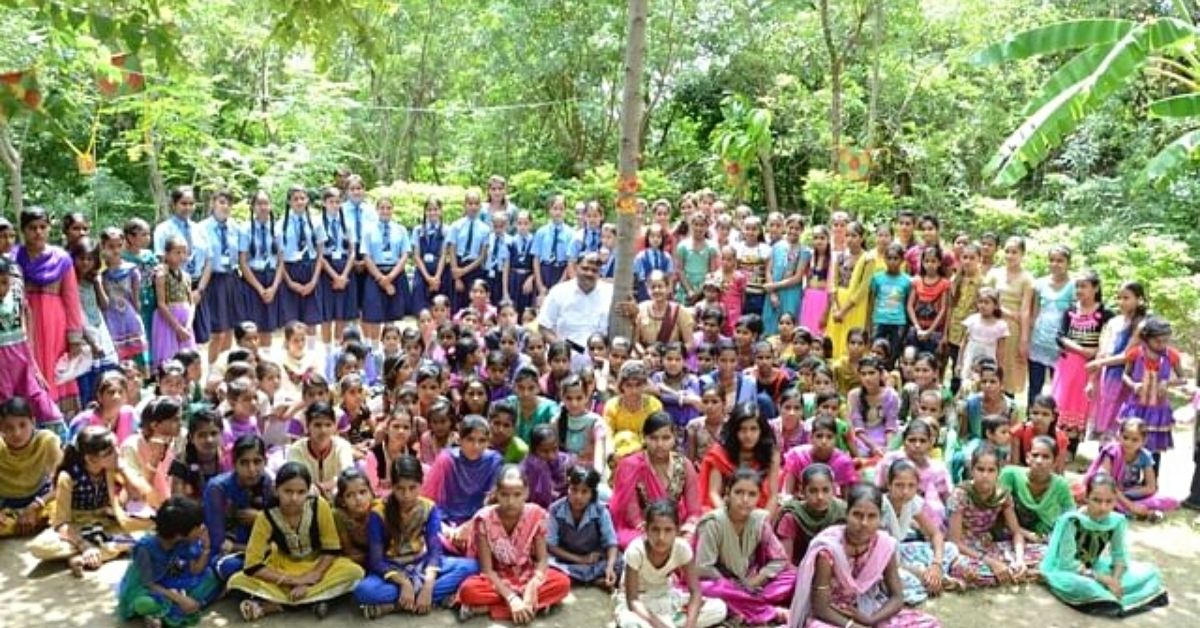
Every time a girl is born in this village, it calls for a celebration. And, to celebrate, the villagers plant a total of 111 trees in her honour. As she grows, the trees planted in her name are nurtured by the villagers to reach fruition. A symbolically rich gesture to overturn the gender-based discrimination and violence plaguing the state has now evolved into a positive wave in the last few years helping Piplantri village save girl children while improving its green cover.
To further support this cause, on the birth of a girl child, the panchayat sets up a fixed deposit for them while making their parents sign a legal affidavit to pledge to provide education for them.
In the last 14 years, the villagers have planted almost a million trees on the common grazing land. Like each girl who is nurtured and supported, the community is also striving to help these trees survive and so to protect them from pests like termites, the villagers have also planted over 2.5 million aloe vera plants around the trees. These afforestation efforts have also helped boost livelihood for the village residents.
4. Punsari, Gujarat
About 100 km away from Ahmedabad, Gujarat’s Punsari village has the exterior of a city with a heart of a humble village. This was pointed out by a former sarpanch Himanshu Patel who transformed the village into an ‘Adarsh Gram’ after taking charge in 2006. From Anganwadi centres with advanced infrastructure, air-conditioned schools, biometric machines, WiFi, litter-free and clean roads, closed-circuit cameras, biogas plants, water purifying plants, this village has it all and can easily compete with the facilities in a metropolitan city.
But what makes it even more praiseworthy is that Himanshu managed to accomplish all of it in just eight years, with a budget of Rs 16 crore. Today, this Adarsh Gram is a model example of sustainable rural development.
5. Odanthurai, Tamil Nadu

Located in Tamil Nadu’s Coimbatore district, Mettupalayam taluk, Odanthurai village is synonymous with self-sustainability for over a decade. Not only does this village generate electricity for its use, but it also sells power to the Tamil Nadu Electricity Board. Having attained acclaim in this regard they launched another project worth Rs 5 crore to install wind and solar energy farms. This project, among its several other welfare and energy independence initiatives, is helping over 8,000 residents live prosperous lives.
6. Baghuvar, Madhya Pradesh
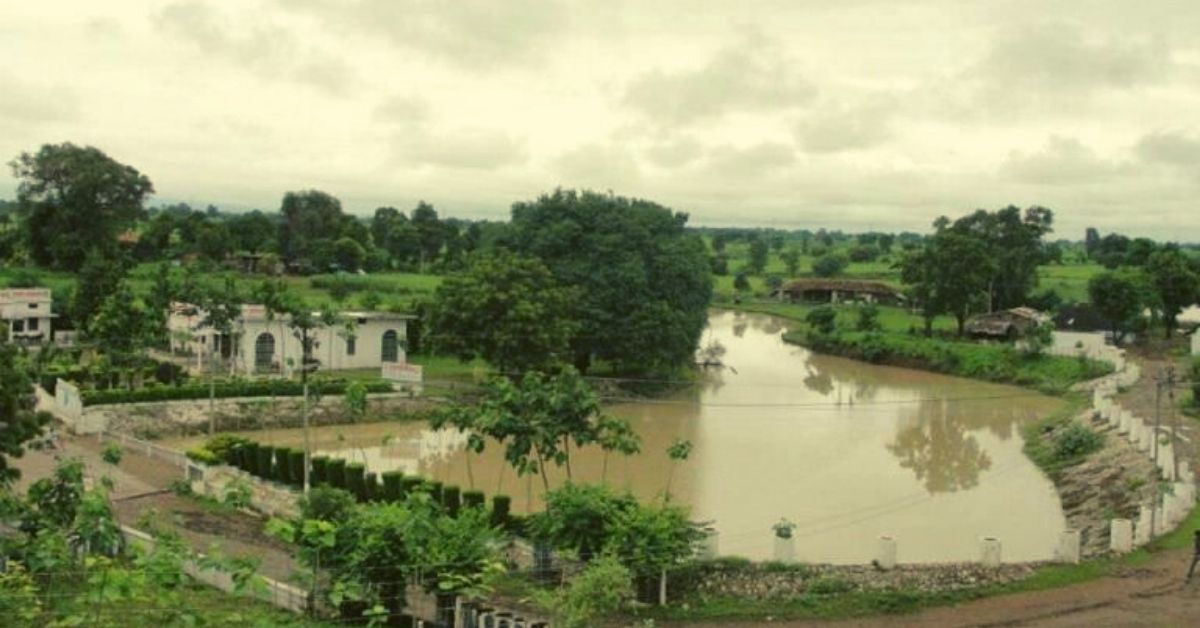
What makes Baghuvar village in Madhya Pradesh stand out is its unique sense of community that has helped the village drive transformational change without a leader to oversee. In other words, this village is the only one of its kind as it has functioned without a sarpanch since independence. Here, every community member is a leader in their own right and takes ownership of efficiently improving the village infrastructure.
Thanks to this unique model, today the village boasts an exemplary sanitation infrastructure, with almost every house having its own toilet, a common toilet complex for social gatherings, underground sewage lines and a substantial number of biogas plants. With the help of these facilities, they produce their cooking fuel and also manage to generate power to light up the entire village.
7. Hiware Bazaar, Maharashtra
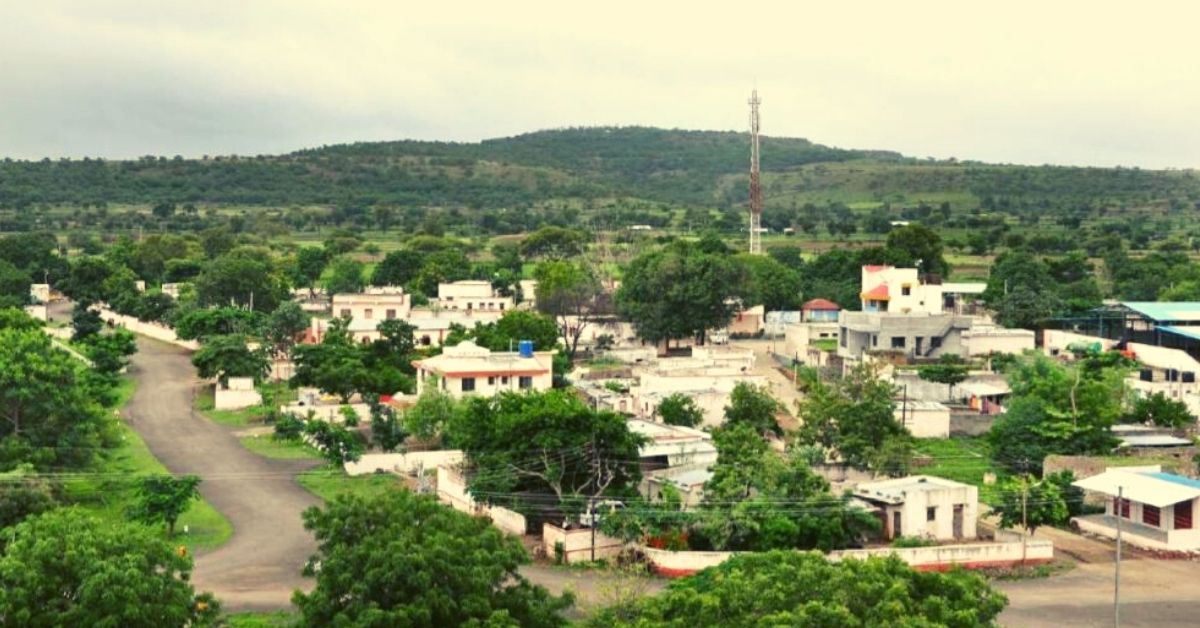
The state of Maharashtra historically has been known to house regions with acute drought affinity, and Hiware Bazaar could have been one of them. Yet it is not. Surprisingly, since 1995, this village has managed to survive without the need to depend on a single water tanker.
A village that once experienced an acute water crisis with negligible annual rainfall, decided to take a stand to change its course. Back in 1995, the villages decided to give up farming water-intensive crops and instead focused on horticulture and dairy farming. This decision in conjunction with many water conservation efforts helped raise the groundwater levels and ensured prosperity. With almost 300 open wells brimming with water, the village is home to 60 millionaires and the highest per capita income in the country, all reflective of the prosperity they have managed to achieve.
8. Lana Bhalta, Himachal Pradesh
Nestled amid the mountainous terrain of Himachal Pradesh, this small village called Lana Bhalta is a canon for waste management in rural India. Almost 50 km away from Shimla, Lana Bhalta is using a unique method to transform plastic waste into bricks, bases and interlocking tiles. Initiated by the village Panchayat, this project has not only helped the community deal with their waste but also aided in adopting sustainable construction practices. All the plastic and polythene collected from the district is recycled and used for various construction projects across the Panchayats.
9. Kokrebellur, Karnataka

In villages that are situated close to the forest harbouring endangered wildlife, the human-animal conflict is often a point of contention. The responsibility to maintain the balance and help the community coexist harmoniously eventually falls on the shoulders of the forest department. However, in Kokrebellur village of Karnataka, things are slightly different. Home to India’s rarest species of birds, the Painted storks, also known as Kokkare in Kannada, this village has set a positive example of environmental conservation and harmonious coexistence for the rest of the country. Although it is not a reserved bird sanctuary, villagers here have taken the ownership of protecting these birds as family, and have also created designated spaces for wounded birds to rest. On a visit to Kokrebellur, one can easily spot the rare birds in some villager’s backyard, friendly and unafraid.
10. Buchkewadi, Maharashtra
Usually, when there are zero harvests and no alternative opportunity for employment, families tend to migrate to urban cities from rural areas. In Buchkewadi, however, this trend is reversed despite the problem of land leaching bothering the villagers for years. Located in the Western Ghats, this Maharashtra village suffered from heavy rainfall for years until they figured out a way to use it to their advantage. As a solution, they built terraces on the mountain slopes to stem the flow of water and keep the topsoil intact. Now their wells are brimming all year round and their harvest is bountiful. Coming together as a community they have also established a fund to support 317 families in case of any emergency.
11. Chizami, Nagaland

From environmental conservation to socio-economic reforms, the Chizami village situated in Nagaland’s Phek district has a decade-long history of inspiring transformation. This was made possible thanks to the unique Chizami model of development that empowered marginalised women from the Naga society to be the changemakers. Led by Monisha Behal, a women’s rights activist and founder of North East Network (NEN), back in 1994, the collective of Naga women was created to improve health and sanitation facilities in the village. This was the beginning and since then, women have been leading every transformational initiative in the village, leading up to the foundation of Chizami Weaves, a decentralized livelihood project that creates sustainable livelihood opportunities for marginalised women while preserving the unique textile heritage of the state.
12. Anchatgeri, Karnataka
Situated in Dharwad district of Karnataka, Anchatgeri village has become an inspiration for neighbouring villages thanks to its impressive development initiatives. Home to a population of 6,000 villagers, Anchatgeri boasts a seamless WiFi network, CCTV cameras on the main street, local school and panchayat office, and solar panels on every other house. What is even more impressive is that the entire village is completely plastic-free and has been declared open defecation free since 2017.
13. Gangadevipalli, Andhra Pradesh
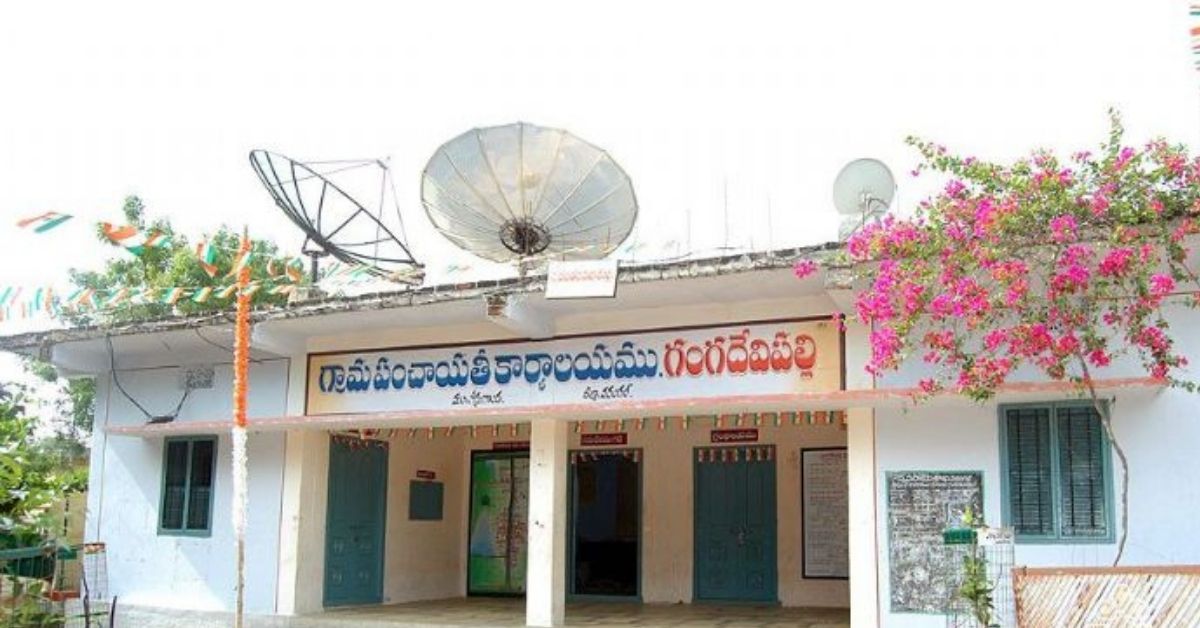
A small hamlet in Andhra Pradesh’s Warangal district, Gangadevipalli is a village steadily moving towards giving its residents a life beyond bare necessities. With constant electricity and water supply, a community-owned cable TV service, well-lit roads, and a centralised water filtration plant, the model village is working its way towards sustainable development, with the help of an involved community of villagers who believe that collective welfare and prosperity is the way of the future.
14. Kumbalangi, Kerala

In 2003, the Kerala government launched a novel project called the Kumbalangi Integrated Tourism Village project to transform a tiny island village in Kochi, Kumbalangi into a model fishing and tourism location. Surrounded by calm backwaters and canopied under Chinese fishing nets, this quaint village soon became India’s first model tourism village. From homestays to rural experience-based travel guidance, the village that boasts a blend of rich aquatic life and cultural heritage is now frequented by tourists from across the world, helping the villagers earn a steady livelihood.
15. Sui, Haryana
Sui village in Bhiwani district of Haryana has been initiated into the Adarsh Gram Yojana. It is now a model village development initiative under the Swa-Perit Adarsh Gram Yojana. From construction of better roads, a water treatment plant, government schools, parks, lakes, libraries, auditoriums and other amenities traditionally associated with urban areas, Sui village is what modern rural India aims to be like. In addition to this, a One Block One Product Scheme, which involves enabling a cluster of small industries on 50 acres of land, has been instituted to generate employment opportunities.
16. Ramchandrapur, Telangana
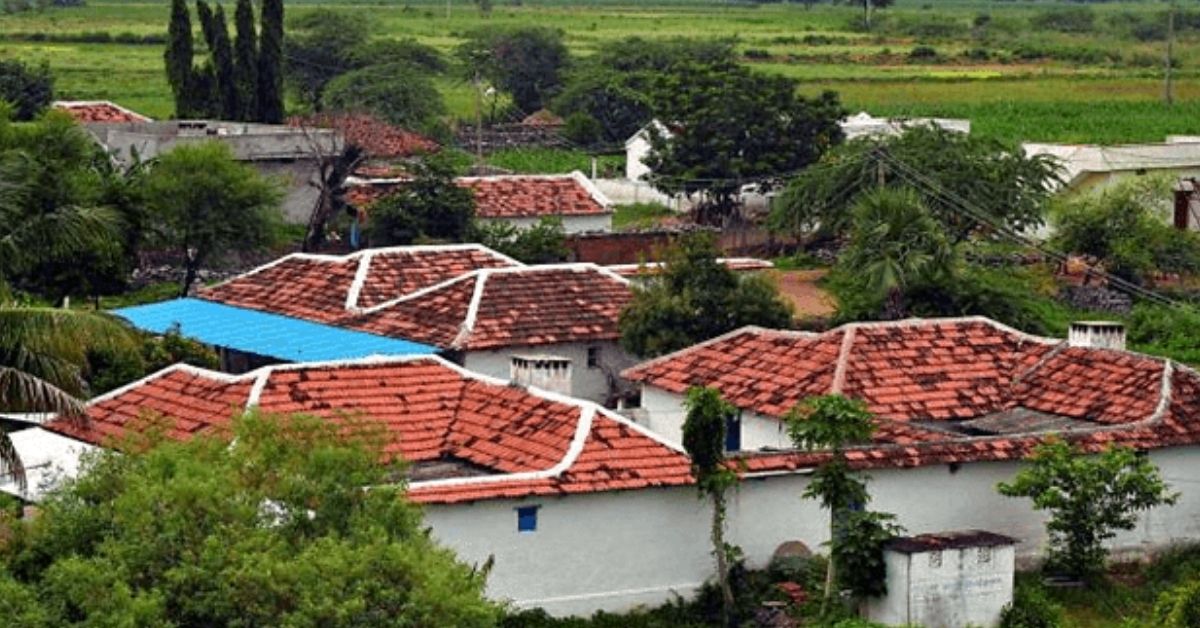
Over a decade ago, Ramchandrapur village in Telangana received national recognition when a movement of eye donation and sanitation was launched by former sarpanch Vakulabaranam Bhanu Prakash in 2001. A village full of eye donors, the community collectively had pledged to donate their eyes for the visually challenged. It was also the first village in Telangana to win the Nirmal Puraskar in 2004-05 for achieving 100 per cent sanitation. Additionally, all the houses in the village have toilets with running tap water and smokeless chullahs.
Ramchandrapur was also the first in the state to construct a subsurface dyke on the river, in addition to overhead water tanks in each house to solve its drinking water woes. Owing to its exemplary achievements this village has been visited by representatives and civil servants of more than 70 countries, including the USA.
17. Mawlynnong, Meghalaya
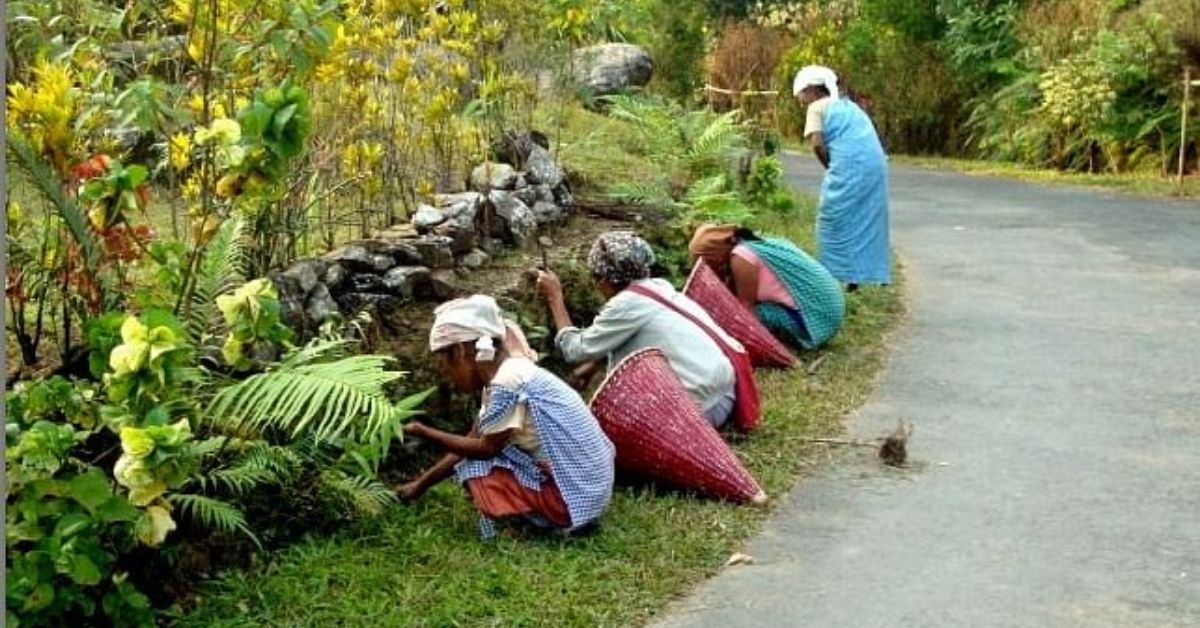
Tucked away amid the picturesque mountains of Meghalaya, Mawlynnong village can be characterised by spotless clean roads hemmed with flowers and bamboo dustbins situated at every corner. In this village, where plastic is completely banned and volunteers clean the streets at regular intervals, cleanliness is not just a virtuous value but a way of life. From the youngest to the eldest, every single member of the community is involved in maintaining the village and thanks to their efforts it is now considered to be the cleanest village in India, and Asia.
18. Ransih Kalan, Punjab
Situated in the Nihal Singh Wala subdivision of Moga, Punjab, Ransih Kalan village created a unique welfare model for its citizens that ensured its position as a model village of India. As per its welfare model, all its residents, especially the underprivileged are provided with health insurance and pensions for the senior citizens, widows and persons with disabilities (PwDs). In addition to this, they have taken strides in successfully implementing initiatives against plastic pollution and waste management. Owing to these activities, the village won two awards, namely the Nanaji Deshmukh Rashtriya Gaurav Gram Puraskar and Deen Dayal Upadhyay Panchayat Sashaktikaran Puraskar from the central government.
19. Bancha, Madhya Pradesh
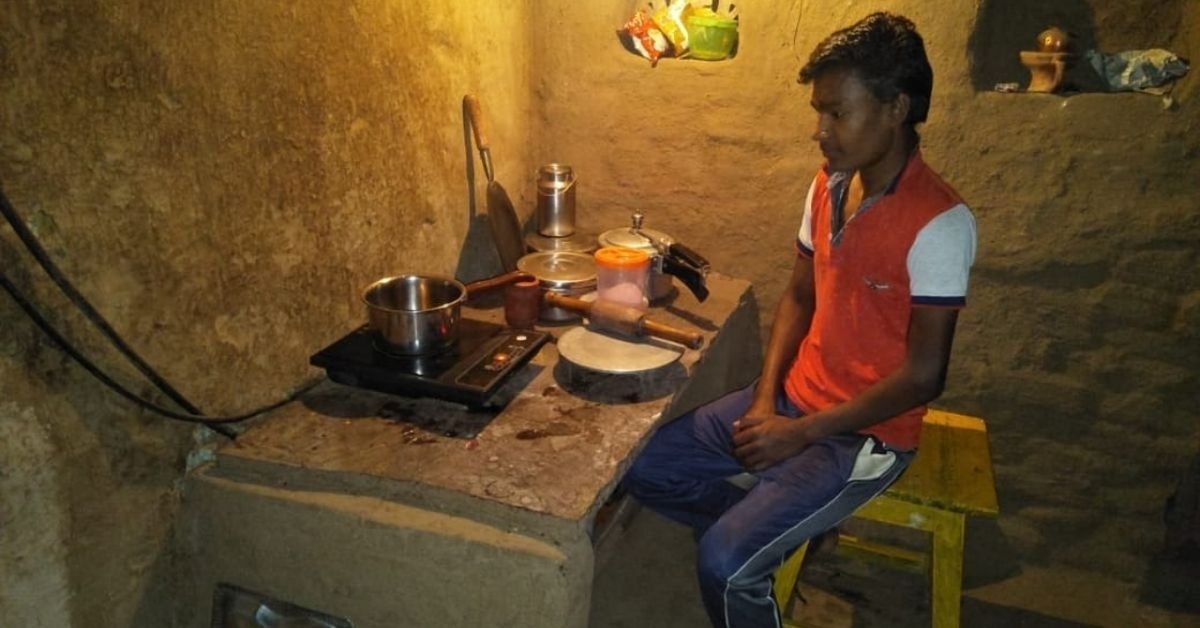
Bancha village in Betul district of Madhya Pradesh has undergone a massive transformation. From using almost 1,000 kg of wood per day to employing only solar energy for all the cooking needs, the village became the first Indian village to completely embrace solar-powered stoves.
It has zero wooden stoves and almost negligible use of LPG cylinders in all its 75 households, all thanks to a team from IIT-Bombay who developed and deployed a unique solar stove in the village. A smoke-free and pollution-free environment with almost zero cutting of trees, Bancha has become an example for other villages in the state.
20. Dobisha, West Bengal
Located in West Medinipur district of West Bengal, Dobisha village is a model green village. But only a few years ago, it had zero access to electricity. From that situation to powering all its 50 households with solar energy, the village has come a long way in embracing renewable energy that is also used to power irrigation pumps, computers in the community learning centre, street lights and the clean drinking water ATM.
Edited by Yoshita Rao

Similar Story

Laundromats in India? Couple Built Rs 100 Crore Biz Washing Dirty Linen Across 100 Cities
Faridabad’s Arunabh Sinha and his wife Gunjan Taneja launched UClean in 2017 to set up an organised laundromat service in India. Currently, they are spread across 100+ cities and have 350+ outlets across the country.
Read more >
If you found our stories insightful, informative, or even just enjoyable, we invite you to consider making a voluntary payment to support the work we do at The Better India. Your contribution helps us continue producing quality content that educates, inspires, and drives positive change.
Choose one of the payment options below for your contribution-
By paying for the stories you value, you directly contribute to sustaining our efforts focused on making a difference in the world. Together, let's ensure that impactful stories continue to be told and shared, enriching lives and communities alike.
Thank you for your support. Here are some frequently asked questions you might find helpful to know why you are contributing?


This story made me
-
97
-
121
-
89
-
167












